- No products in the cart.
Mini Titrator for Measuring Titratable Alkalinity in Water and Wastewater
Mini Titrator for Measuring Titratable Alkalinity in Water and Wastewater
he HI84531 is an easy to use, fast and affordable automatic mini titrator designed for testing titratable alkalinity levels in water. Based on an acid base titration method, this mini titrator uses an optimized pre-programmed method of analysis with a powerful algorithm that determines the completion of the titration reaction by the use of a glass body pH electrode.
The HI84531 incorporates a precision piston style dosing pump that adjusts the volume of dosing dynamically based on the voltage change. This dosing system reduces the amount of time required for the titration while providing for a highly accurate determination of the amount of titrant used.
This mini titrator is supplied complete with all the materials necessary to perform low and high range measurements of alkalinity in water. All chemicals are premixed and prepackaged including standardized titrants, reagents and pump calibration solution. There is no need for volumetric glassware or analytical balances.
- Piston driven pump for accurate dynamic dosing
- Complete with glass double junction pH electrode
- Pre-standardized titrant and pre-measured reagents
Mini Titrator for Measuring Titratable Alkalinity in Water and Wastewater
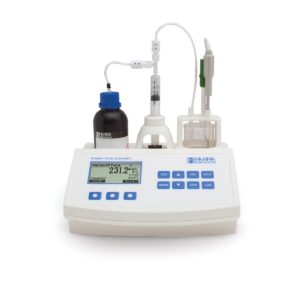
Alkalinity is the ability of water to neutralize acids. Total titratable alkalinity is a measure of primarily three types of alkalinities present in a water sample: hydroxides, carbonates, and bicarbonates. Alkalinity in water can be the result of contributions from common chemicals including carbonates, bicarbonates, hydroxides, phosphates, borate and organic acid salts.
The alkalinity of a water sample indicates its ability to resist pH change. The amount of alkalinity in water is mostly due to the bicarbonate/carbonate present. A low alkalinity level indicates that the water is susceptible to pH changes, while a high alkalinity level indicates that the water will be able to resist pH changes. Alkalinity can also be used to determine the corrosive capacity of water and can provide an estimation of water hardness.
Double Junction pH Electrode
The HI84531 is supplied with the HI1131B refillable, double junction, combination pH electrode. By design, the HI1131B has a spherical tip for use in aqueous or liquid solutions. This versatile electrode provides a wide surface of contact with a sample and is ideal for direct measurements or acid base titrations in the water industry.
Piston Driven Dosing Pump
The heart of the HI84531 is the piston driven burette pump. This type of dosing system uses a motor in which each dose is very precisely controlled and the volume dispensed is accurately determined. The piston driven burette is controlled dynamically so that the volume of titrant being dosed is automatically adjusted based on a voltage response of the previous dose. This type of dosing speeds up the titration process by allowing for more titrant to be dosed at the start of the titration and then very small doses as the endpoint is reached.
Automatic Stirrer
The built-in stirrer is automatically maintained at a speed of 600 rpm, regardless of the viscosity of the solution being titrated.
| Range | Low Range: 30.0 to 400.0 mg/L; 0.6 to 8.0 meq/L; High Range: 300 to 4000 mg/L; 6.0 to 80.0 meq/L |
| Resolution | Low Range: 0.1 mg/L (ppm); 0.1 meq/L; High Range: 1 mg/L (ppm); 0.1 meq/L |
| Accuracy (@25ºC/77ºF) | Low Range: ±1 mg/L or 3% of reading, whichever is greater; High Range: ±10 mg/L or 3% of reading, whichever is greater |
| Sample Volume | 50 mL |
| Methods | acid-base titration (strong alkalinity/total alkalinity |
| Principle | endpoint titration: 8.30 pH (phenolphthalein) / 4.50 pH (bromcresol green-methyl red) |
| Pump Speed | 10 mL/min |
| Stirring Speed | 600 rpm |
| Weight | 1.9 kg (67.0 oz.) |
| Warranty | eter 2 years, probe 6 months |

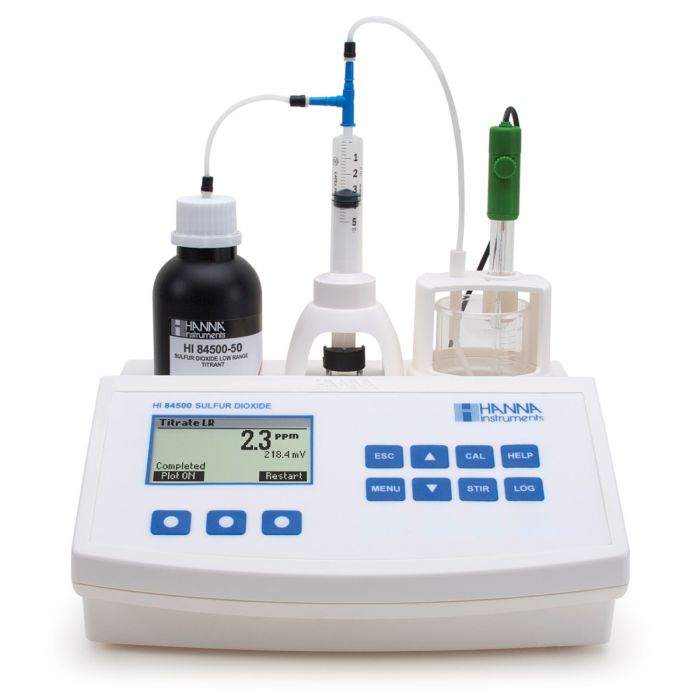

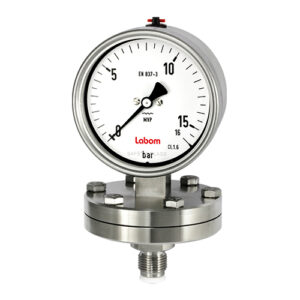
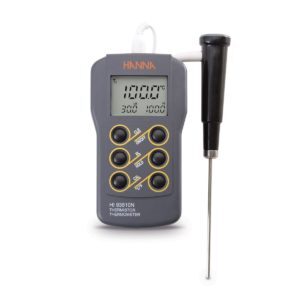
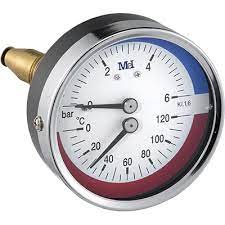
Reviews
There are no reviews yet.